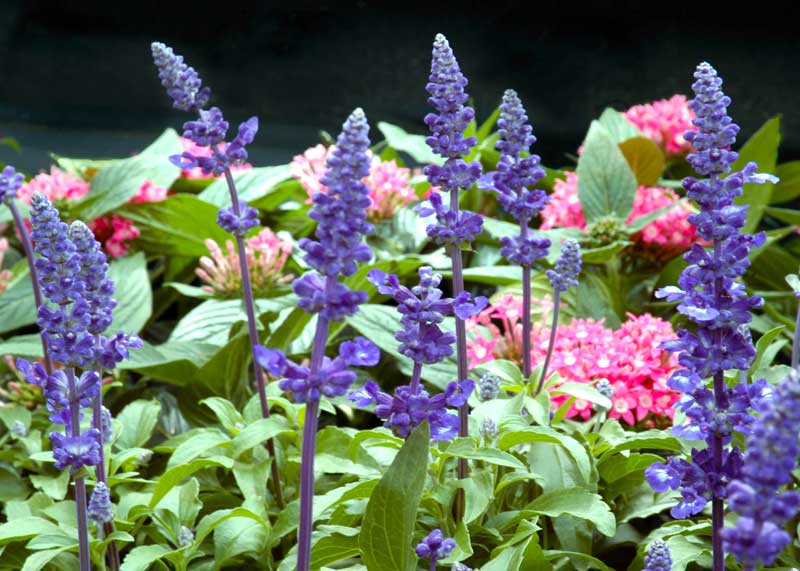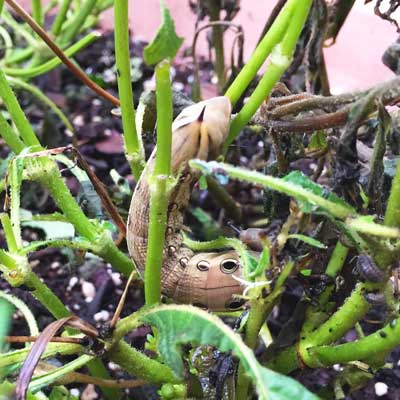A Parade of Pentas: June 6, 2024
I can’t imagine a summer without pentas in my landscape and in those around me.

But it hasn’t always been that way. Back when I was a kid in Bryan/College Station, Dr. Roy Smith had been my pediatrician. Even as I aged out of his practice, he let me continue to see him because he was an avid gardener. He knew I was, too. We talked gardening.
Several times we’d walk through his landscape and he’d tell me about his favorite plants. That’s where I met pentas. That was the late 1950s, and I remember his comment, “I could really like these if they didn’t grow so tall. A few more blooms would be nice, too.”
Dr. Smith would love seeing what the breeders have brought us today. Pentas come in shades of red, pink, white, and lavender, many with contrasting two-tones. You buy them in quart pots (or larger) and they’re already in flower. They don’t stop blooming until frost.
Oh, and that height thing. Many varieties stay at 12 or 15 inches. They’re perfect for beds or containers. They’ve become mainstays of the summer landscape.

Pentas do best in raised beds containing a rich blend of 4 or 5 inches of various types of organic matter, topsoil, and 1 inch of expanded shale if you’re starting with a clay native soil. Rototill all that to a depth of 10 or 12 inches and start planting.
If you’re planting pentas in pots, use them as your “thriller” plant, that is, the flower in the center of the pot that stands out the most for attention. Use a loose, highly organic lightweight potting soil, and plant in a pot that’s large enough to accommodate a full season of growth.
I prefer to use my pentas where they receive morning sunlight and then shade from the blasting hot afternoon rays. They need at least 6 or 7 hours of direct sunlight daily to avoid becoming lanky and stretched.

Keep your pentas moist at all times. If you let them wilt very often they’ll stall out and quit blooming. Waterlogged plants will suffer root loss, which is why you want to plant them in raised beds. Apply a high-nitrogen, water-soluble plant food each time that you water them.

Pentas have few real pest problems, but the larvae of one particular moth can be bothersome. It’s the caterpillar of the tersa sphinx moth, and it’s almost scary looking. Two or three of these babies can strip all the leaves off your pentas while you’re out getting a haircut. They eat faster than a teenaged boy. Sevin or B.t. will control them, although I prefer to brush them into a can and take them out into the woods.
The good news is that butterflies, hummingbirds, and other pollinators will be visiting your pentas. Good things are going to happen in your landscape when you plant a plot of pentas.

